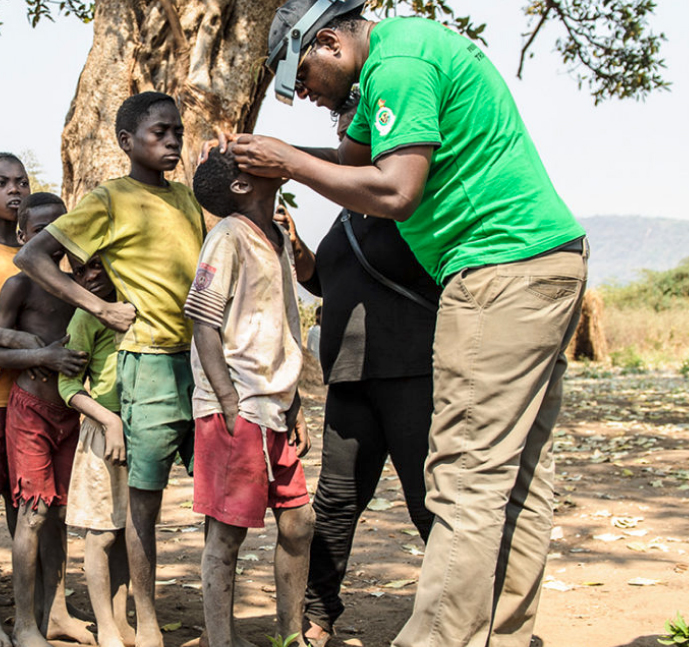Sightsavers International
Sightsavers International is a charity perhaps best known for aiding impoverished people worldwide who suffer from cataracts, trachoma and river blindness. It was founded in 1950 by John (later Sir John) Wilson, himself blind. It operates in 33 underdeveloped countries, from Sierra Leone to India.


The hardships of the impoverished blind need no description. On the charity’s effectiveness, the American non-profit evaluator Givewell, focusing primarily on the cost-effectiveness of the organisations which it evaluates, includes Sightsavers as one of the top ten charities recommended by it.
Cataracts cause about 50% of the world’s blindness, and the World Health Organisation in their bulletin of 6th September 2011 described cataract surgery as one of the most cost-effective of all health interventions, requiring no follow-up and, once performed, conferring a lifelong benefit free of further cost to the charity. From its foundation to 2018 Sightsavers has supported 7,300,000 sight-restoring cataract operations.
Trachoma, the commonest cause of blindness due to infection, is caused by bacteria which bring about a roughening of the inner surface of the eyelid. This leads to a breakdown of the cornea. Some 1,200,000 have permanent blindness as a result. It is endemic in 51 countries worldwide. The commonest treatment is with a drug (Azithromycin) donated by Pfizer. Eight countries in recent years have made confirmed reports that they have eliminated trachoma. However it remains widespread, particularly in Ethiopia and South Sudan.
River blindness, the second most common cause, is spread by the so-called black fly, which bites humans, thereby spreading the tiny larvae that, on maturing into worms, can attack the cornea. About 17,700,000 are infected, some 40% in Nigeria, and about 270,000 permanently blinded. The most effective remedy is a drug called Ivermectin, donated by Merck & Co. It is inexpensive, needs no refrigeration and has a wide safety margin. Unfortunately it does not kill the adult worms, but someone taking it every six months will stay free of the larvae, and if it is administered to a neighbourhood for long enough – 15 to 17 years is the practice – it will cause the larvae to die out and with them the worms and the disease.
I am particularly drawn to Sightsavers, who up to 2018 had distributed over one billion treatments, since money donated to it is helping to free from trachoma and river blindness not just people alive now, but their descendants in perpetuity.
For more information visit them at their website Sightsavers